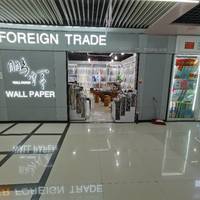From the Palace to the Modern Era: The Historical Changes of Chinese Wallpaper
Wallpaper, this ancient wall decoration material, has a long history and can be traced back to China. Over the long course of history, wallpaper has evolved from a luxurious decoration for the court aristocracy to a fashionable choice for modern homes, witnessing the glory and changes of Chinese civilization.
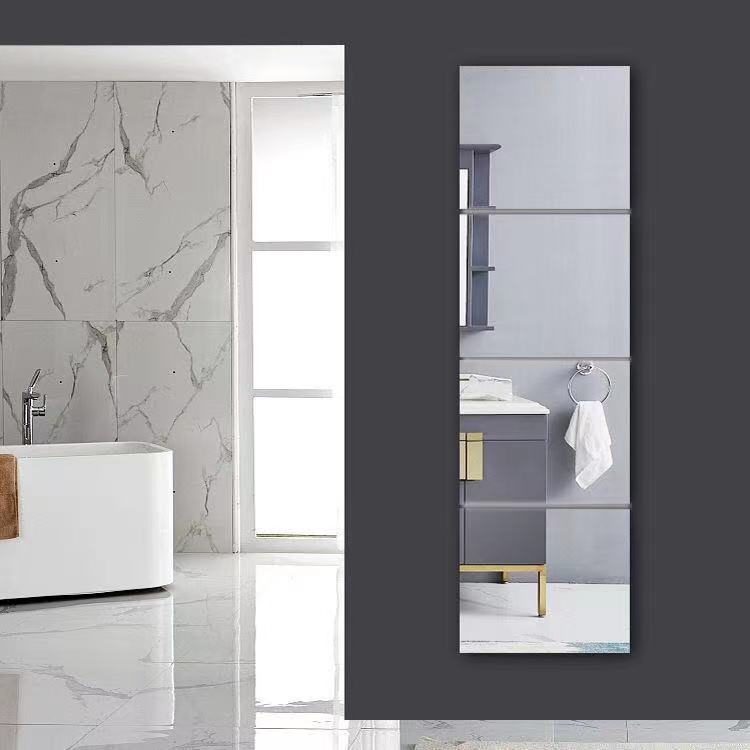
Origin: A symbol of luxury in the palace
In 105 AD, Cai Lun of the Eastern Han Dynasty invented papermaking, which not only changed the way information was disseminated, but also laid the foundation for the emergence of wallpaper. Initially, people pasted rough paper on windows and walls to block out dust and simple decorations. With the continuous improvement of papermaking technology, people in the Tang Dynasty began to try to draw patterns on paper to decorate walls. These exquisite paper products gradually became the exclusive luxury of the court aristocracy.
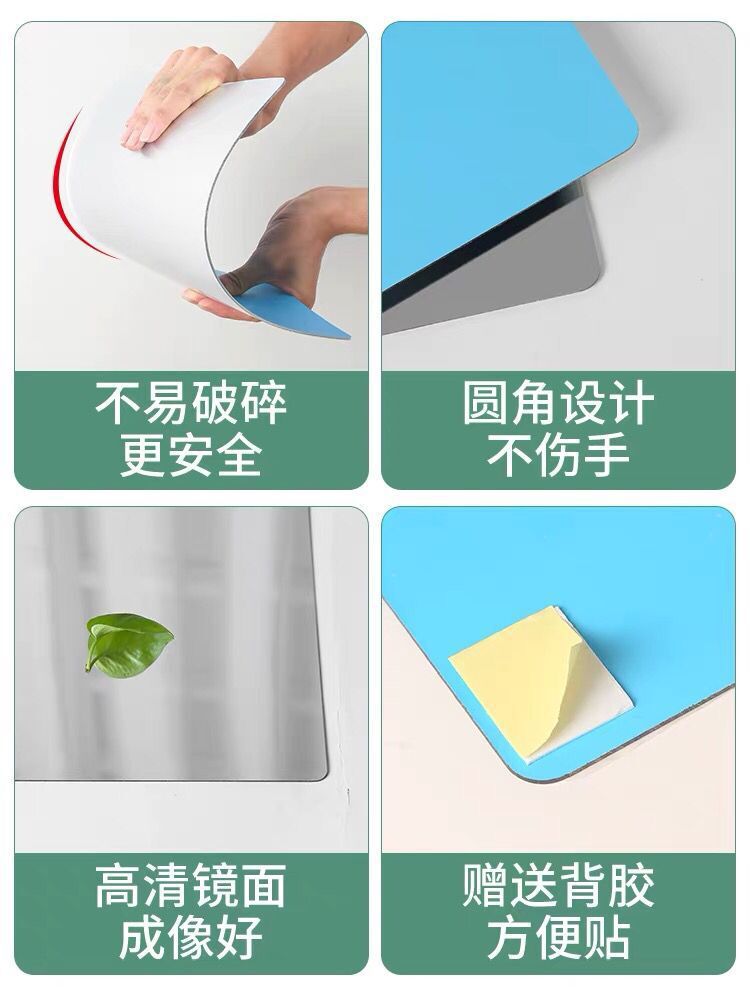
In ancient China, palace decoration was extremely luxurious, and wallpaper, as an important component of it, not only had exquisite patterns and bright colors, but also contained profound cultural heritage and symbolic significance. These wallpapers are often hand drawn by skilled craftsmen, and each one is unique, becoming a symbol of royal authority and nobility.
Dissemination: The Integration of Eastern and Western Cultures
With the opening of the Silk Road, China's papermaking and printing techniques were introduced to Arabia and Europe, promoting the exchange and integration of world civilizations. In Europe, wallpaper gradually developed into a popular interior decoration material and formed its own unique style and production process. Chinese wallpaper art has also continuously absorbed foreign cultural elements in this process, becoming more diverse and colorful.
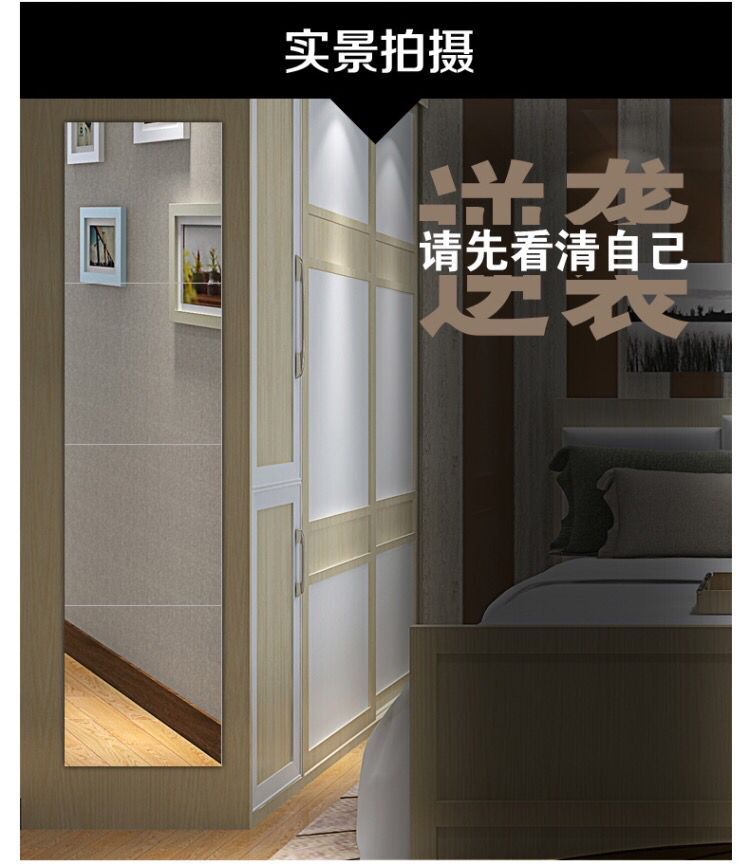
Modern: From the court to the homes of the common people
Entering modern society, with the improvement of people's living standards and changes in aesthetic concepts, wallpaper has gradually moved from being exclusive to the court aristocracy to the homes of ordinary people. Especially in the late 1970s and early 1980s, with the deepening of reform and opening up and the development of the economy, wallpaper began to become popular as a fashionable and environmentally friendly interior decoration material in China.
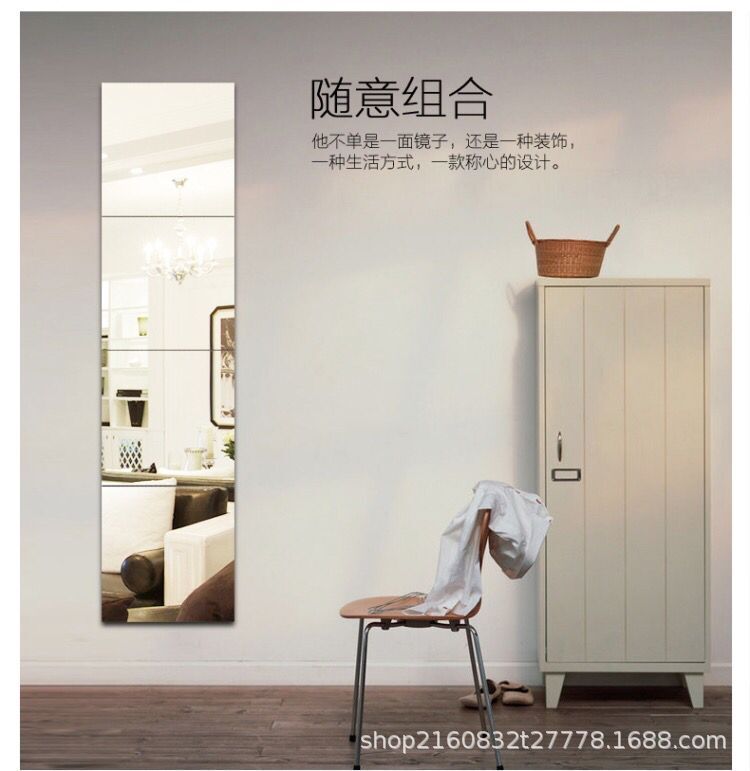
Nowadays, in the fourth district of Yiwu International Trade City in China, China's first wallpaper manufacturers sell various types of wallpapers directly, including PVC wallpaper, non-woven wallpaper, gold foil wallpaper, etc., with superior quality, favorable prices, and complete specifications. These wallpapers not only have beautiful and elegant decorative effects, but also have multiple functions such as waterproof, moisture-proof, wear-resistant, and easy to clean, meeting the dual needs of modern families for comfortable and practical home environments.
The wallpaper products sold directly by China's first wallpaper manufacturers have won widespread recognition in the market for their excellent quality and rich styles. Whether it's a minimalist modern style home or a classical and elegant space design, you can find suitable wallpaper products here. At the same time, manufacturers also provide customized services to meet consumers' personalized decoration needs.
Future: Balancing Innovation and Environmental Protection
Looking ahead to the future, the Chinese wallpaper industry will continue to uphold the concepts of innovation and environmental protection and move forward continuously. With the advancement of technology and the strengthening of environmental awareness, the application of new environmentally friendly materials will become an important trend in the development of the wallpaper industry. Meanwhile, intelligent and personalized design will also become one of the highlights of wallpaper products.
We believe that in the near future, wallpaper will not only be a simple decorative material, but also a reflection of lifestyle. It will bring more colors and surprises to people's lives with its unique charm and infinite creativity.
